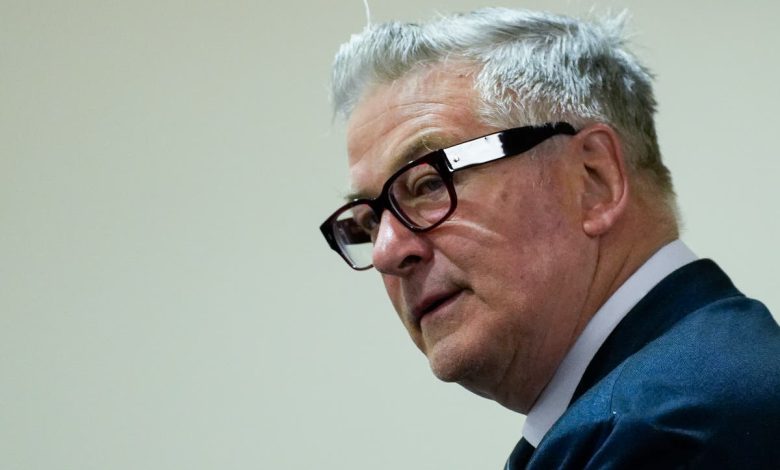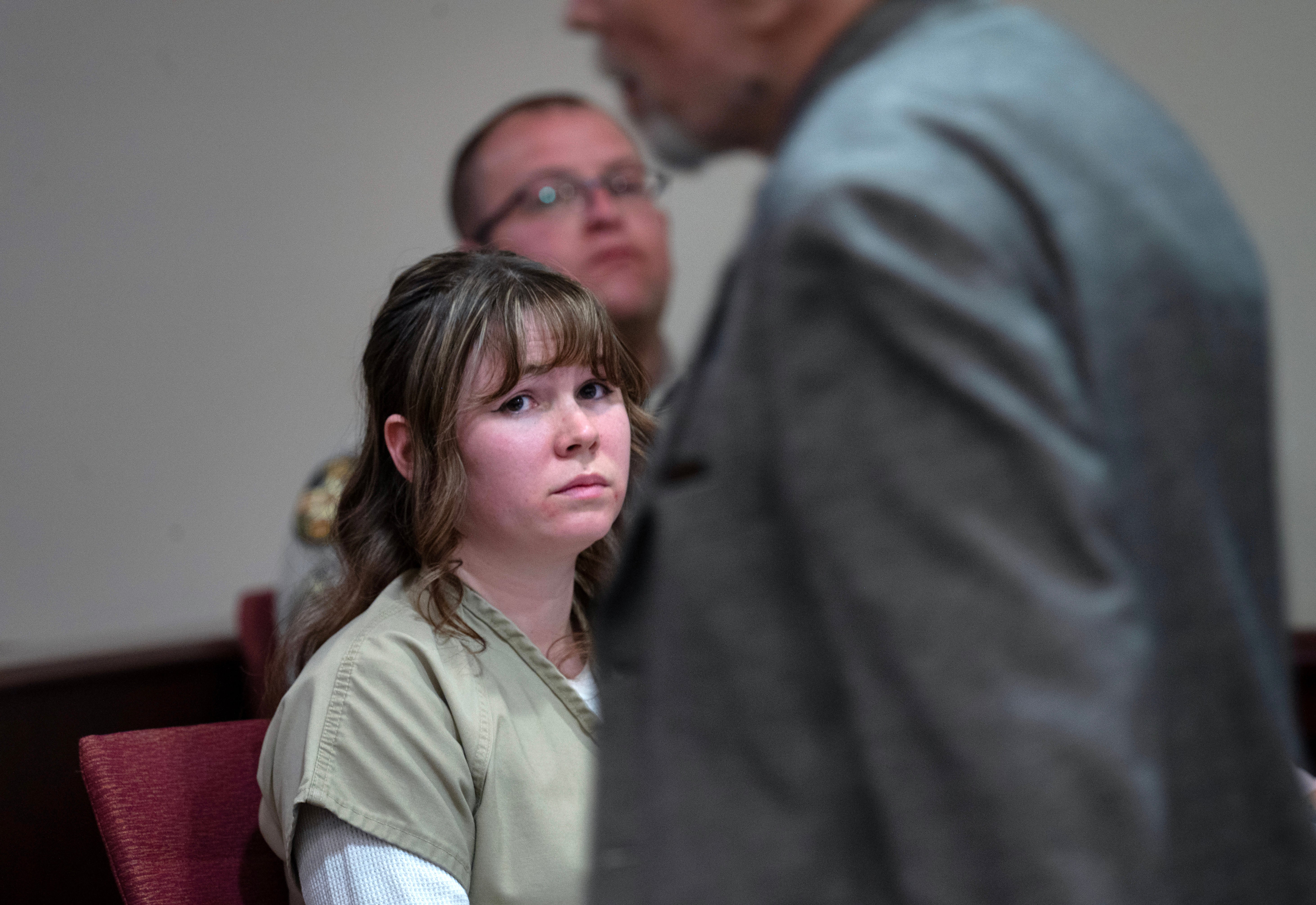The ‘Rust’ movie budget was tight. How does that play into Halyna Hutchins death?

Alec Baldwin’s high-profile involuntary manslaughter trial is now underway in Santa Fe, three years after cinematographer Halyna Hutchins was killed in a tragic shooting on the set of the Western movie Rust.
During a rehearsal of a shooting scene in October 2021, a prop gun Baldwin was holding went off, striking and killing Hutchins and injuring director Joel Souza.
The Hollywood star was charged with one felony count of involuntary manslaughter and faces 18 months in prison if convicted.
Baldwin, who was both the lead actor and co-producer of the film, claimed he didn’t pull the trigger and that the gun fired accidentally – with a bullet then striking Hutchins, who was behind a camera at the time.
Following the fatal shooting, reports emerged that workers had previously walked off the set over complaints of low pay and what they described to be poor working conditions.
At a cost of $7m, Rust was seen as a low-budget, independent movie – meaning it cost less than $20m and did not have the backing of a major studio.
So did the movie’s tight budget play a part in the tragedy?
Starting on October 6 2021, the production would employ 75 crewmembers, 22 principal actors, and 230 background talent from the state to help create the Western.
The independent movie was set to cost over $7.2m, according to a September 2021 draft of the production budget obtained by The Hollywood Reporter.
The documents only reveal a plan for the production budget and not what was actually spent or any tax rebates, but they do provide insight into what was prioritized during the making of the film.
They show that the production budget included $650,000 to pay the producers and a $350,000 contingency.
Souza was due to earn $221,872 as the movie’s director, Hutchins would have received $48,945 as cinematographer and first assistant director Dave Halls – who handed the gun to Baldwin – was to earn $52,830.

Armorer Hannah Gutierrez-Reed, who was convicted of manslaughter over the shooting in April and sentenced to 18 months in prison, was to earn $7,913.
Rust producers also set aside an additional $7,469 for an “armorer crew,” $17,500 for weapon rentals, and $5,000 for rounds.
Other special effects were to cost $6,000 for a helicopter crash and $5,000 for squibs.
The producers of Rust were expected to put aside around $650,000 to pay themselves, yet a source close to the production told the outlet that the producers had deferred their fees and were yet to collect them when production shut down.
As for lead actor Baldwin, he was due to earn $150,000, with his production company El Dorado taking $100,000. While this seems like a rather modest amount for the actor, the film was described as Baldwin’s “passion project” rather than a money maker. A total of $350,000 was also budgeted as a contingency in case anything went wrong.
Experts told The Hollywood Reporter that these costs were all fairly typical for a film of its budget.
However, a 2022 lawsuit brought by Hutchins’ family accuses producers of hiring an “inexperienced” and “unqualified” armorer, the New York Times reported.
During Gutierrez-Reed’s trial, jurors also heard how Gutierrez-Reed “repeatedly” failed to maintain proper firearm safety, resulting in negligence that led to Hutchins’ death. Colleagues called the armorer “sloppy” and “unprofessional.” Gutierrez-Reed, who is appealing her conviction, is now expected to be called to testify in Baldwin’s trial.
It also emerged that, on the very morning of the shooting, camera crew members had walked off the set in a dispute over workplace conditions.

Among the issues were complaints about having to drive from Albuquerque to the set rather than being put in hotel rooms closer to where the movie was being filmed. The budget showed that producers put aside $25,000 for hotel rooms for themselves and $95,200 for below-the-line crew.
Last year, actor Michael Shannon told The Chicago Tribune that gun handling procedures on movie sets are usually “very, very meticulous”.
“It’s not a sloppy procedure, in my experience. It’s very, very meticulous,” Shannon said.
“But Rust is an example of a problem I see in filmmaking more and more these days. On smaller productions, independent productions, the producers keep wanting more and more for less and less. They don’t want to give you enough money.
“They whittle the budget down to the bare minimum, but the one thing you can’t cut corners on is your armorer. If you have guns in your movie, that’s no place to cut corners.”
Shannon suggested that independent movies can be known to “cut corners”.
“I’m not condemning Alec. I feel horrible for the guy. It’s a nightmare… But this is what happens when you lowball and cut corners and hire people that may not be qualified, and pay them next to nothing, and make the movie on the cheap,” he said.







